Polisias: description, types and care of the plant
Bright saturated tones of wildlife always evoke only positive emotions. But alas, in our strip you can admire green plants only from May to September. It is good that there is an opportunity to grow cultivars at home. Particularly pleasing are views that visually resemble trees, such as the polisias.
Peculiarities
According to scientific classification, the poliscias indoor flower belongs to the Araliceae family. The genus itself has more than 100 species of this amazing plant. The range of wild species of the Poliscias is the skeleton of the Pacific and Indian Ocean, as well as the territory of Southeast Asia.

The name polisias was formed by merging two words of Greek origin, but written, as is customary in biology, in Latin. Translated, it means "a lot of shadow". It is not known for certain whether this name was given because of the luxurious crown of the plant or because of its growing area - a shady area. In any case, both versions have a right to exist, since the species belonging to the genus Poliscias are very diverse.

Of course, the leaves have the greatest variability in shape, color and size. The shape and size are especially varied: round or oval, lobed or whole, narrow or wide leaves have a short petiole. The surface of the leaf plate can be leathery or bright glossy. The color of the foliage is also ambiguous. Some have the usual green color of the leaf plate, while others have motley foliage with chaotically scattered spots or strokes.
But the species also have common features: the root system and stems. All species are characterized by an erect type of stems and a very developed root system that grows well both in depth and in width.
As the plant grows and develops, the stems thicken, and their top layer becomes hard, lignification occurs. But, oddly enough, the compaction of the upper layer does not in any way affect the flexibility of the stems - it is very difficult to break them. The lower part of the stems, as it grows, remains without foliage, which is concentrated to a large extent in the upper areas. That is why the plant visually resembles a tree with a very beautiful and dense crown.

Any plant adorns flowering, but not in the case of the Poliscias. Its small whitish flowers most often form umbellate, completely nondescript inflorescences. In addition, only wild-growing species bloom, and cultivars and hybrids do not form flowers at home.

Varieties
Thanks to breeding work, many cultivars and hybrids of the Polisias have been bred. Depending on your preferences, you can choose both high and medium plant heights.
The most popular species include the shrub poliscias (P. fruticosa). Under favorable conditions, the height of the plant can reach 2 m, while at home, fruticosis (the second name of the plant) grows slightly lower. The plant is famous for its leaves. Oval, with dissected pinnately cut edges, light green leaf plates in appearance resemble fern leaves, the so-called fronds (leaf-like organs). The lignified shoots of the shrub poliscias are characterized by the presence of small tubercles (lentils), with the help of which such an important process for the plant as gas exchange takes place.
Variety "Robl" is a type of shrub poliscias. At home, the height of the plant rarely exceeds the 1m mark. The dense foliage of this compact bush forms a very neat and beautiful crown.
A species with a similar-sounding name has an even greater resemblance to a fern - poliscias fern (P. filicifolia) or folisifolia... The plant has green leaf plates 30-50 cm long, with beautiful denticles along the edge, forming a spreading evergreen shrub together with the stems.
Dull-leaved Poliscias (P. obtusa) has a slightly different leaf plate shape than the fern-leaved appearance. The plant is characterized by oval three-lobed leaves, resembling oak foliage in appearance. Dark green colored leaf plates with a slightly wavy edge sometimes acquire a bronze or bluish tint with a glossy sheen. The height of the policeman obtuz with good care can reach 1.5 m.

Helmet polisias (P. scutellaria) - This species is often used for bonsai cultivation. And this is not surprising, because it has a very thick and slightly curved central trunk, in the upper part of which many thin, densely leafy shoots grow. In young leaves, the shape of the plate is round, and the color is green. For more mature leaves, a lobed shape is characteristic, the surface of the leaf plate has whitish edges and is colored dark green.
Curly Poliscias (P. crispatum) it got its name from the appearance of the foliage. The leaf plate is characterized by a rounded shape with a beautiful pinnate dissection. Bright green leaves with small yellow blotches and a narrow white border almost completely hide the stems, forming a very neat and low bush.
Shrub Poliscias Balfur (P. balfuriana) it is distinguished by good branching, due to the growth of many young shoots, and by decent size, reaching a height of one and a half meters. The plant is characterized by rather large (up to 7 cm) leaf plates. Young leaves are colored green, and in more mature specimens, the border becomes whitish.
The hybrid is the Pinocchio variety. Unlike the green leaves of the progenitor with a white border, the leaf plates of the hybrid are colored grayish-green with a bluish tint, and the veins have a silvery sheen.
Variety "Fabian" it has a rather interesting color of foliage and a thick central trunk. The leaf plate is characterized by an oval shape, the main background is green with a beautiful purple tint.
Conditions of detention
The growth and development of absolutely any plant depends on factors such as lighting, humidity, temperature and soil composition.
- Good lighting level for a policeman, this is a fairly bright, but still diffused light. Depending on the type of plant, the degree of brightness is regulated. For variegated species, the degree of illumination should be higher than for green-leaved varieties.
Direct sunlight is contraindicated for all types of the genus Poliscias.

- Temperature and humidity Are interrelated parameters. During the warm period of the year, as a rule, this is the spring-summer season, the temperature should not rise above 22-24 ° C.
With an increase in the indicators, the level of humidity of the surrounding space should also increase.
In the autumn-winter season, the temperature should not drop below 17-18 ° C.

- Loose well-drained soil with a slightly acidic PH level is suitable for all types of poliscias. The soil should be composed of sand, peat, humus and turf mixed with clay.
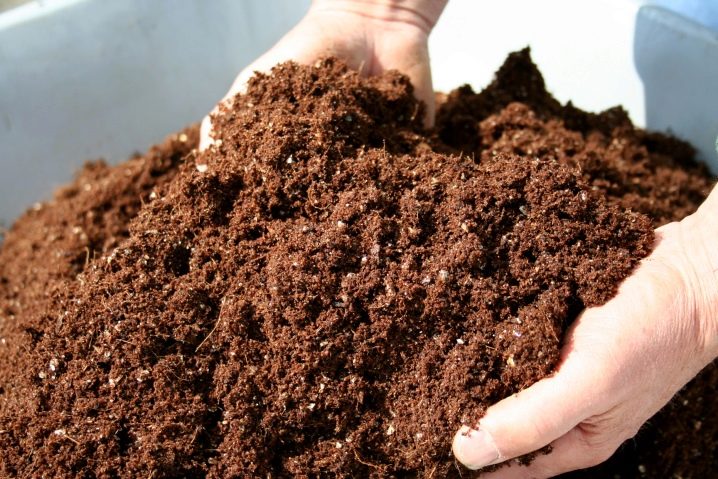
How to care?
Raising a handsome policeman at home is a difficult task, but quite feasible, the main thing is to adhere to certain rules of care.
A young plant, as a rule, does not take up much space, but as it develops, its length can increase significantly, so it is worth considering the choice of a place thoroughly. It is necessary to take care in advance that the growing shoots have enough free space not only above the crown, but also around it. The best placement option would be near a window facing east or west.
It is better to install a pot with a policeman away from drafts, but with a constant flow of air.
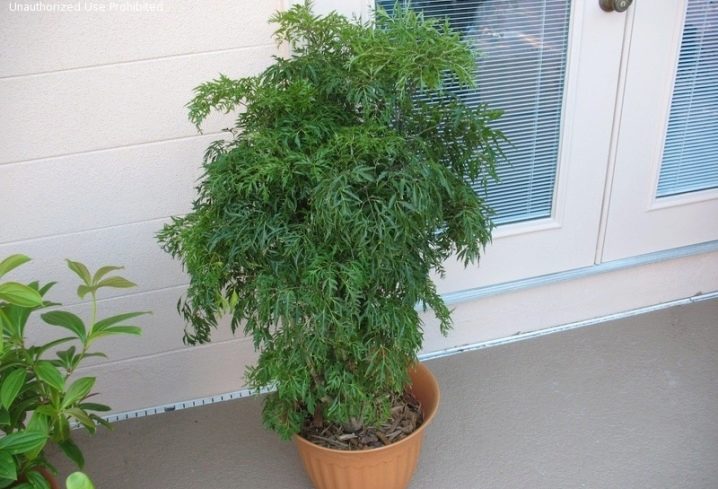
Watering is carried out with settled warm water. The frequency of watering depends on the degree of drying of the topsoil. Lack of moisture affects the foliage - they turn yellow. In a hot period, it is advisable to place a container with moistened expanded clay near the plant, periodically spray the shoots with leaves, and also arrange a warm shower for the shrub.
In the winter season, you should not put the policeman too close to the heating radiators, as he does not tolerate dry hot air.
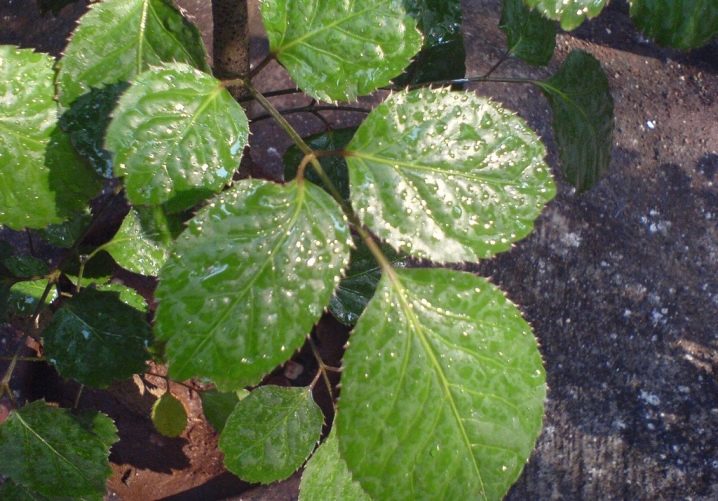
As a top dressing, mineral fertilizers are used, which must be applied in the spring-summer period at least once every 2 weeks. The feeding season usually begins in May and ends in early September.
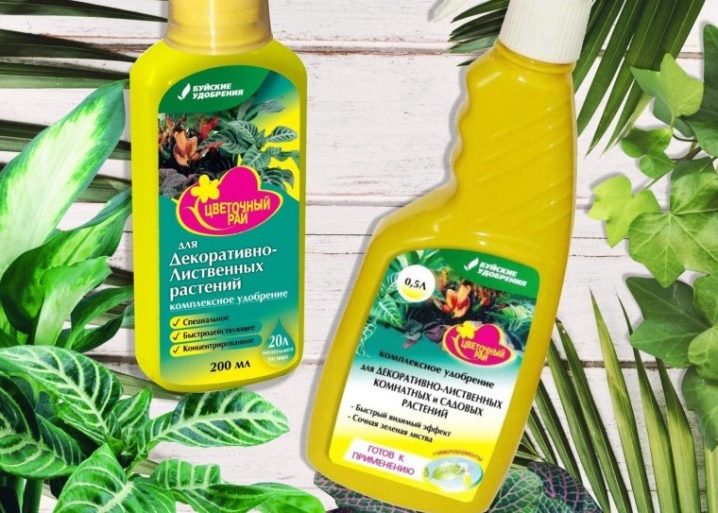
Transfer
You need to transplant a plant in three cases: purchase, growth and disease. It is best to buy a policeman in a store in early March, so it will be easier for him to adapt to the new habitat.
The transplant should be carried out no earlier than 2 weeks later, using the transshipment method.
Having taken out the purchased plant from the container, do not forget to remove the basket covering the roots, so you will save them from death.
The pot for the purchased copy should be slightly larger than the previous one.
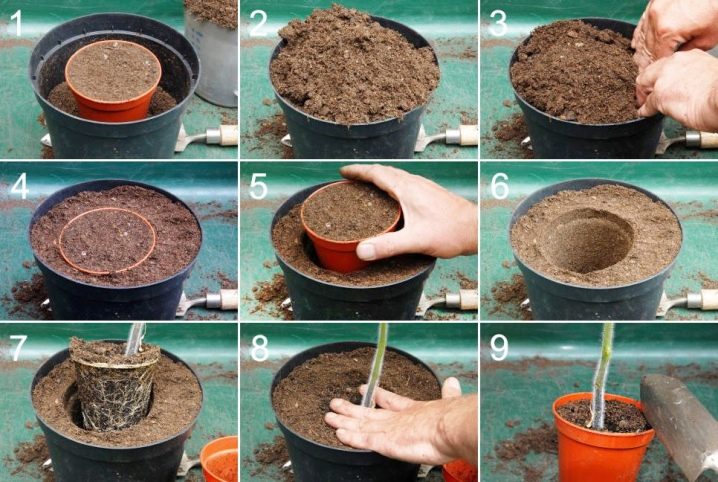
Grown plants are transplanted as they develop, the procedure is carried out no more than 1 time in 3 years. A container with drainage holes for a sufficiently mature plant should be larger than the previous one, and the larger it is, the faster the polisias will grow.
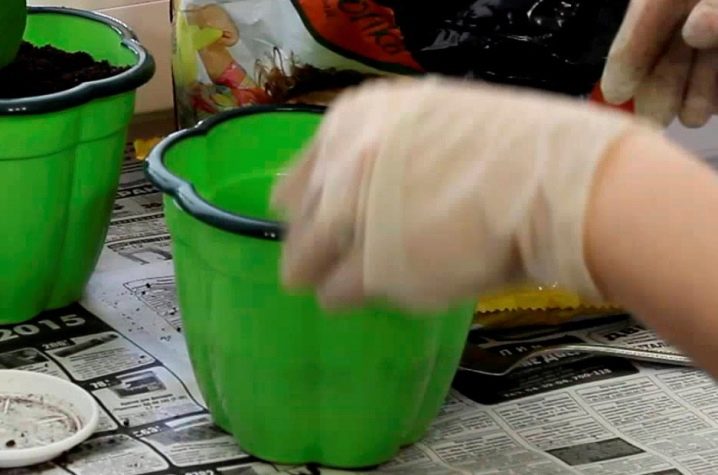
Reproduction
There are three ways to reproduce poliscias: cuttings, cutting off part of the root system and breeding with seeds.
At home, the easiest way is to propagate the plant by cuttings.
- The most suitable material for the procedure is the upper parts of the shoots. Using a sharp knife, carefully cut off one or several cuttings no longer than 13-15 cm and leave them to dry for 3 hours in a ventilated place.
- Pour the mixture into the prepared container, which includes peat and sand, moisten and stick the cuttings into the substrate with a slight slope. We process the cut points with coal.
- To create a greenhouse effect, we close the container with an available material: film, glass, a plastic bottle. The optimum temperature under the created hood should be in the range of 23-25 ° C.

It is a little more difficult to reproduce with root parts. The procedure is carried out during transplantation, cutting off a small (about 3 cm) part of the root. The cut part is placed in a prepared container with wet sand so that the top is on the surface. You do not need to cover with material, only water.
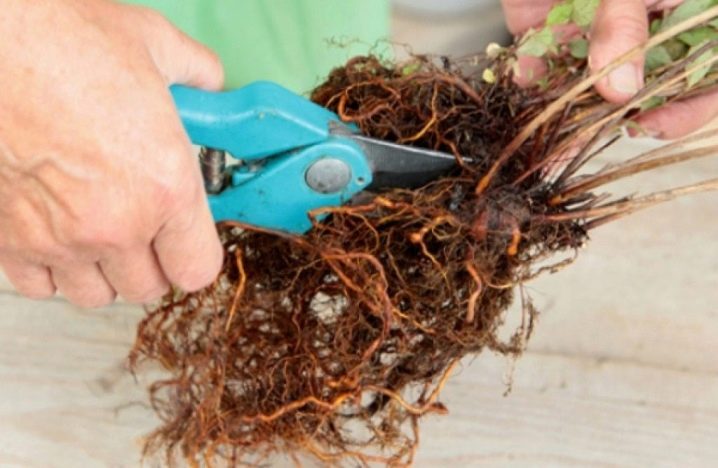
Breeding a poliscias with the help of seeds is a difficult and almost impossible task at home. You need a greenhouse with automatic temperature, humidity and lighting levels.
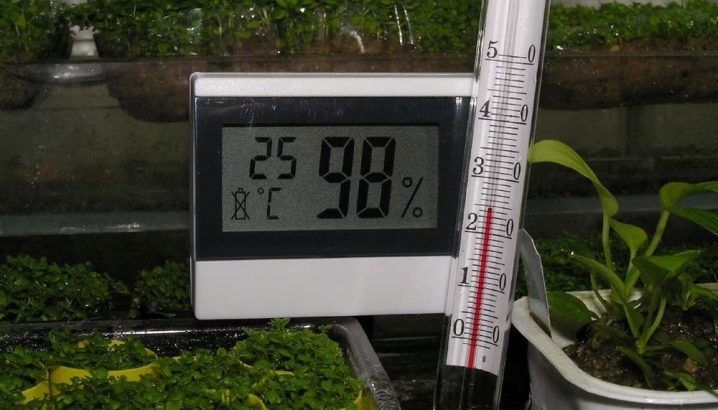
Diseases and pests
Failure to follow the rules of care can lead to a wide variety of diseases.
- Watering too often and too much can lead to root rot. The situation can be corrected only by transplanting a plant. It is necessary to remove the poliscias from the pot, carefully release its root system from the ground and remove the affected parts of the roots by treating the cut with fungicides. Rinse and disinfect the container, and only then add new soil.

- If the plant sheds green leaves for no particular reason, then it is necessary to transplant as soon as possible. The drug "Fitosporin" is used as a protection. The prepared solution is watered, and then the plant is sprayed. The transplanted policeman is placed in a shaded place for 10-12 days.
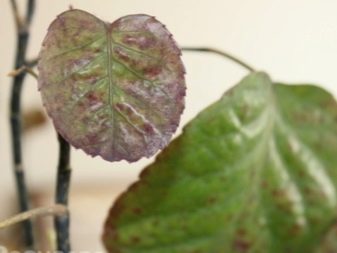
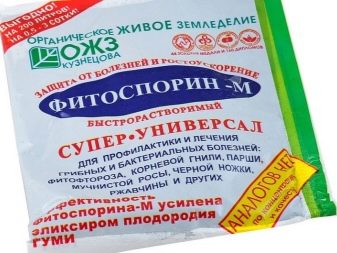
Not only improper care can lead to disease, but also insect infestation. Mealybugs, aphids and scale insects infect shoots and leaves. A warm shower and insecticides will help as resuscitation measures. With the help of a shower, insects are washed off, then they are treated with soapy water. Usually, such treatment is sufficient and the plant recovers after a while, but if the insects reappear, then it is worth resorting to insecticide treatment.
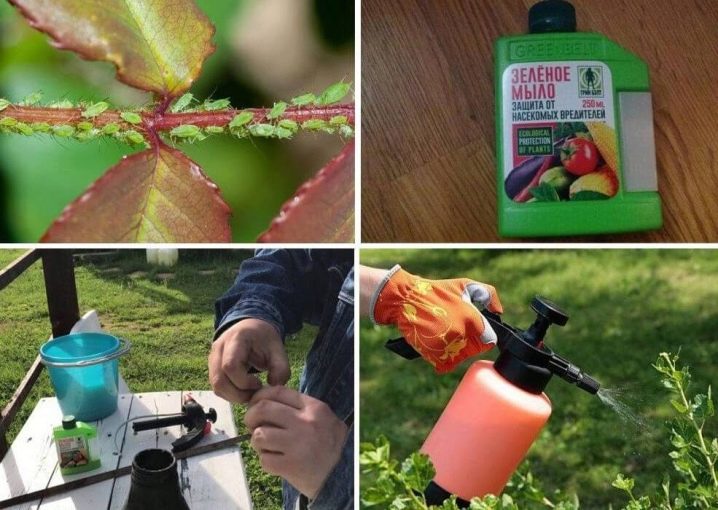
You can get acquainted with some of the features of caring for a policeman in the following video.























The comment was sent successfully.